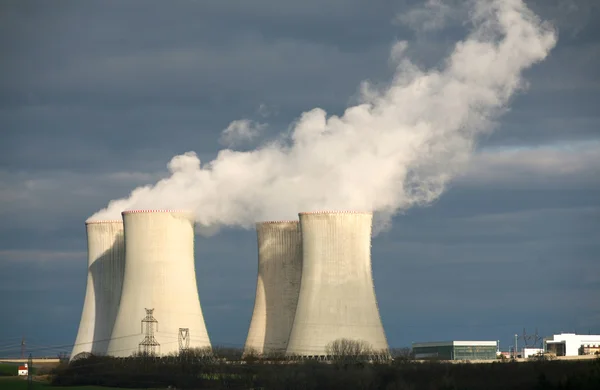
“Preparedness is the ultimate form of self-care.” In a world where nuclear tensions are no longer the stuff of Cold War history books, that sentiment feels more urgent than ever. With global conflicts simmering and leaders trading veiled threats, the notion of a nuclear event has shifted from a faraway nightmare to a possibility worth planning for.
The good news? Survival is possible, experts say. And it starts with practical, doable steps you can take right now-from building a grab-and-go kit to safeguarding your thyroid from radiation. These strategies aren’t about fear-mongering they are about stacking the odds in your favour. Here’s how to get started.

1. Create a Bug-Out Bag That’s Ready to Roll
Emergency management specialist Sean Gold encourages a well-packed evacuation bag. In prepper circles, it’s called a bug out bag, light enough to carry while packed with all that will keep you alive. Think lighter, water filter, tarp and compact first aid kit.
Gold also suggests adding a battery-powered or wind-up flashlight, a portable power bank, extra batteries, and non-perishable food. The idea is to be ready to go in an instant without having to scrounge for anything.
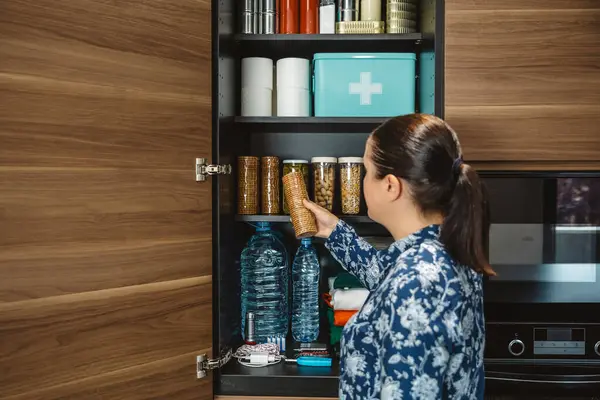
2. Master the ‘Store What You Eat’ Rule
The prepping mantra ‘store what you eat, eat what you store’ is more than catchy-it’s smart. Stock up on foods your household actually enjoys, and rotate them regularly so nothing goes to waste. This means a mix of canned proteins, vegetables, and ready-to-eat meals that offer varied macronutrients.
Store food items, according to the principles of long-term food storage, in cool, dry conditions store them in airtight containers and use oxygen absorbers when appropriate to extend shelf life.
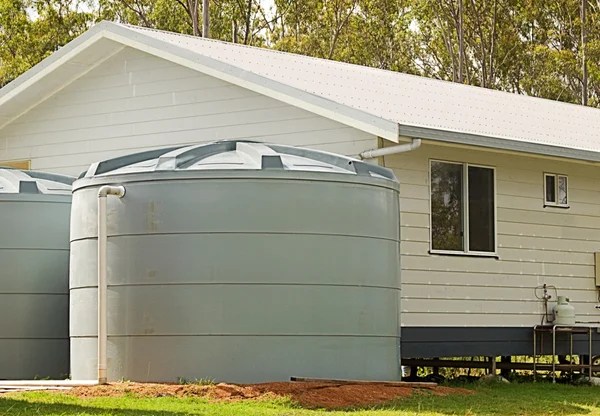
3. Reduce the Reliance on Fragile Supply Chains
In a crisis, stock on store shelves does not last very long. Building resilience at home involves making and storing some of your own essentials. The survival garden can become a steady food source with nutrient-dense root vegetables, legumes, and leafy greens.
These can be coupled with rainwater collection barrels for irrigation and backup drinking water-after proper treatment-and you will be less vulnerable if the municipal systems fail.

4. Harness Solar Energy towards Energy Independence
A solar generator can keep your lights on, charge your devices, and keep important appliances running when the grid is down. Unlike fuel-powered units, solar systems are clean, quiet, and sustainable.
Choose a model that best suits your energy needs-be it portable units for ease of mobility or higher-capacity backups, should an outage last considerably longer. Make sure to keep the panels clean, facing the sun just right, and get the most out of your solar setup.
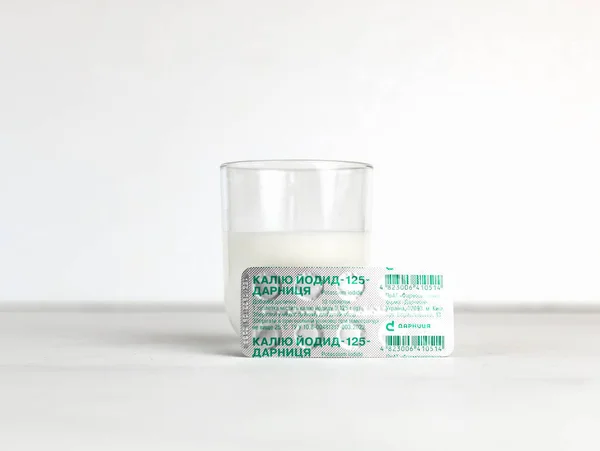
5. Know How to Use Potassium Iodide Safely
If radioactive iodine were released during a nuclear event, exposure to it could increase the risk of thyroid cancer, particularly among children. According to the World Health Organization, potassium iodide tablets taken at the right time and dose saturate the thyroid with stable iodine so that it will not absorb the harmful kind.
Timing is everything KI is most effective if taken less than 24 hours before or within two hours after exposure. Only take it when instructed by public health authorities, paying attention to age-specific dosing guidelines.
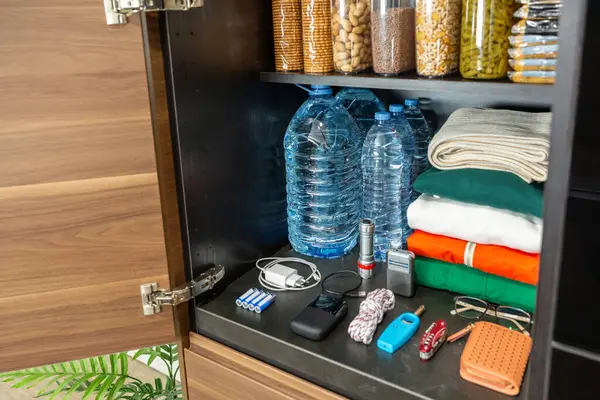
6. Purify and Store Water Like Your Life Depends on It
Water is not an option when it comes to survival. You should have at least one gallon per person per day for drinking and sanitation. Bottled water is a necessity, but equally important are ways to collect and purify more rain barrels, portable filters, and purification tablets all make smart backups.
Legality and safety, according to guides on rainwater collection in urban areas, vary by location, so check the local rules and always treat the collected water before drinking it.
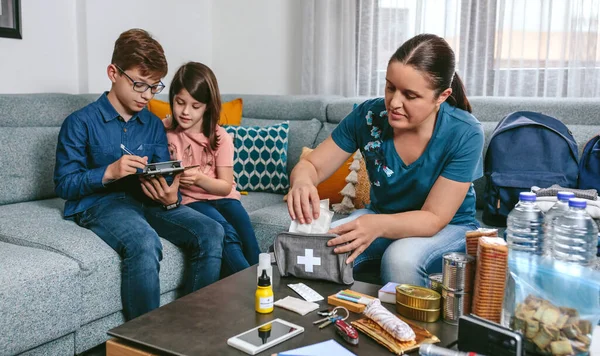
7. Assemble an All-Inclusive Home Emergency Kit
A good kit, in addition to food and water, should also include a NOAA weather radio dust masks plastic sheeting and duct tape for sheltering in place sanitation supplies and copies of important documents in a waterproof container.
Don’t forget comfort items Books, games, or special treats can help morale during stressful times. Keep kits in your car, at work, and at home so you are prepared no matter where you are.
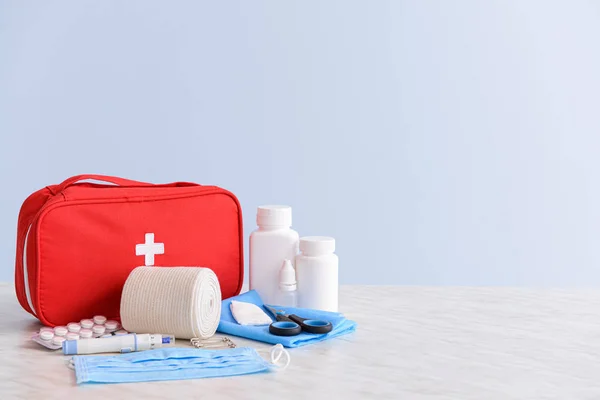
8. Plan for Special Dietary and Medical Needs
Households with infants, elderly members, or chronic health conditions have special needs. Examples might include infant formula, gluten-free rations, or additional prescription drugs. Store these in clearly labeled containers and track expiration dates closely. In an emergency, access to pharmacies may be restricted, and specialty foods may not be available thus, redundancy matters.

9. Train Your Mindset for Survival
Gold reminds people that it is possible to survive a nuclear event, though Hollywood often depicts otherwise. The key is in being prepared, not panicked. Learning the use of your gear, practicing the routes of evacuation, and staying tuned to reliable channels make all the difference. Resilience isn’t just about stockpiles it’s about confidence, adaptability, and the ability to act quickly when it counts.
Preparedness doesn’t have to mean living in fear rather, it’s a way of creating a barrier between your family and the chaos of the unexpected. Expert-backed gear combined with sustainable practices, seamlessly integrated into a clear action plan, gives you the best shot at weathering even the most daunting crises. In uncertain times, readiness is more than a strategy-it’s peace of mind.


